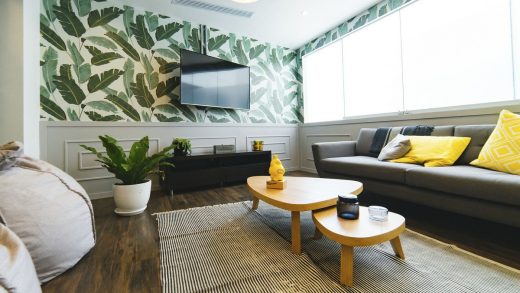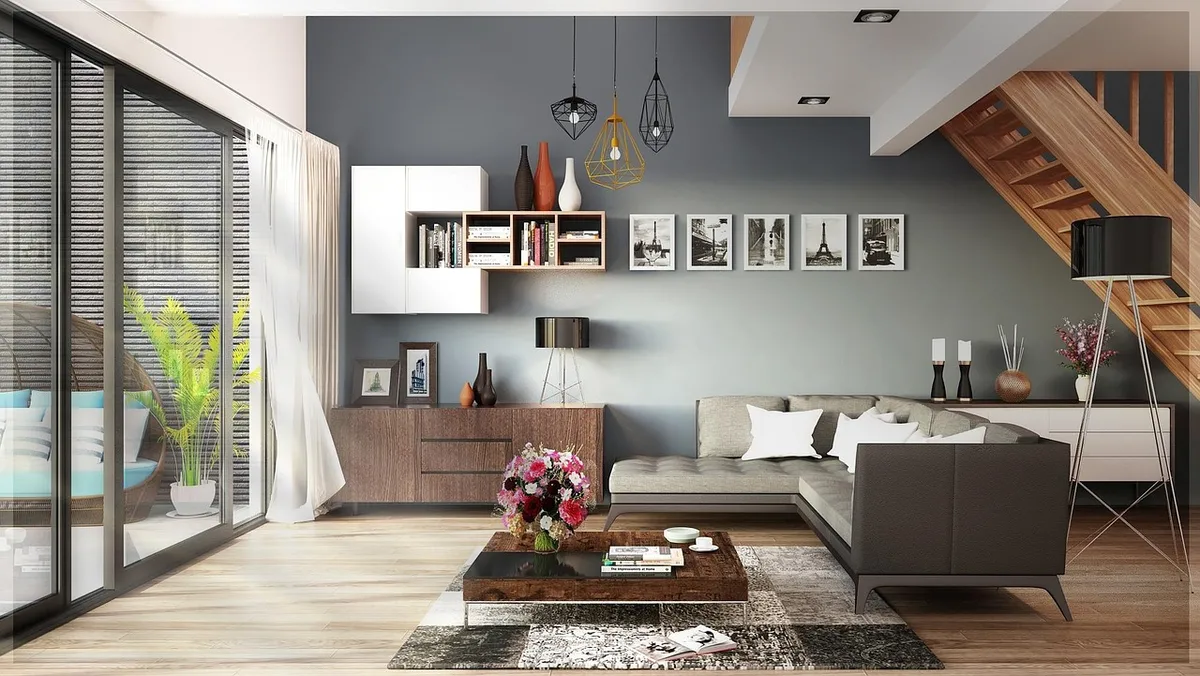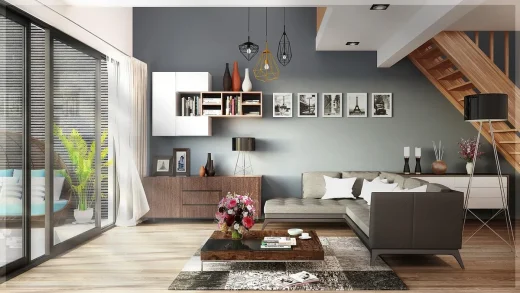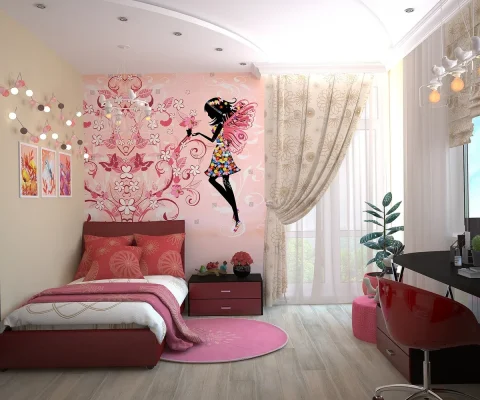The intersection of architecture and art, Contemporary home furniture style, Property interior design decor
Integrating Wall Art into Modern Building Design
29 August 2024
Taking into account the tendencies of the contemporary architecture, one must focus on the methods of art insertion into the architecture. Architectural designs and interior design whereby walls are adorned with artistic work enable the designing of a functional space while at the same time being aesthetically appealing.
The use of drawings such as large-scale murals, custom installations, and other forms of art can be integrated into architectural designs to make buildings extra ordinary and beautiful. It make environment better, more interesting, and more meaningful to the people who are likely to work, study or live in such buildings.
-
The Role of Large Scale Murals
The decoration of large scale frescos is one of the most effective means of integrating art into the architectonic design of the contemporary world. Possible these murals extend on to the whole perimeter of a building’s walls inside or outside, or even go beyond those, thus providing for impressive monumental effect. Murals are not only good for telling a story, passing on a message or quite simply, brightening up an otherwise dull wall.
For instance, murals on massive walls in urban areas can turn an ordinarily boring wall into a colourful and interactive and artistic surface that boosts the culture of the region. Current examples include graffiti-filled art precincts such as the Wynwood Walls in Miami or imposing murals that adorn the façade of buildings in the Mission District of San Francisco commonly referred to as the ‘Texas of San Francisco. ’ In the interiors, murals can make transitions between rooms and floors profound and elevate lobbies, corridors, and other shared spaces into artwork that the inhabitants and the guests will enjoy.
-
Custom Installations as Architectural
To sum up, architects also can use another strategy of integrating art into their designs – commissioning of unique art pieces and installations. Custom installations are different from regular wall arts that come in after the construction since these installations are designed concurrently with the buildings.
These installations can be of various types varying from more sculptural aspects built into the architecture of a building to dynamic digital interfaces that change according to motion of people around. For instance, architects working on designing a building might incorporate both an artist to design a relief sculpture that goes around the atrium or several hanging features that complement the flow of light and dark in the building.
Interior installations, for instance, serve not merely as ornaments to a building, but as appendages which define the nature of the building and may modify how the audience approaches it. The Oculus in New York City designed by the Spanish architect Santiago Calatrava is a perfect example of architectural form being art, with its white ribs, and expansive skylight, one is left in a state of wonder.
-
Enhancing the Architectural Experience
Incorporation of wall art in the current interior and architectural design is not just a way of beautification but it contributes to architectural discovery. Art provides the ability to influence one’s feelings, create new ideas and even provoke one’s mind. Thus, modern artwork used in a thoughtful manner in architecture can create emotions that people have in relation to a building and is more than just a shelter, office, or public facility.
For instance, in healthcare organizations’ studies have demonstrated that art has a positive effect on patients. Architects could make suggestions on painting galleries full of the artistic productions to be used in the construction of hospitals and clinics so that the end results could be soothing. Likewise, in learning institutions bright and engrossing artwork on the walls will foster learning and innovation in schools and colleges and make education lively and invigorating for both tutors and learners.
In business environment, art serves as an embodiment of the specific organization’s ethos which helps to strengthen corporate and commercial identify within the workplace and among the customers. One great example is finding an excellent piece of artwork for your lobby; everybody will talk about it and the building’s energy is set.
Intersection of Architecture and Art – Final Thoughts
The application of the wall art and canvas prints into the modern architecture styles is an excellent example of the symbiosis of the form and the function. Through works of art such as murals, installations and other elements of architecture, the building can be in a way become infused with significance.
It does so by adding artistic facets in the architectural space thus creating lively spaces that makes architectural constructs more of a living theatre for the occupants. Increasingly, art and architecture overlap and the possibilities for fine art approach in the design of buildings are endless, opening up opportunities for transforming the spaces we conduct our everyday activities.
Comments on this guide to The Intersection of Architecture and Art article are welcome.
Living Rooms
Living Room Posts
Creating a comfortable and cozy living room tips

Interior designer living room trends
Trendy Living Room Design Ideas
Furniture
Furniture Posts
Popular types of wood for furniture
Bauhaus inspired architecture and furniture
Property
Residential Architecture
Comments / photos for the The Intersection of Architecture and Art page welcome







